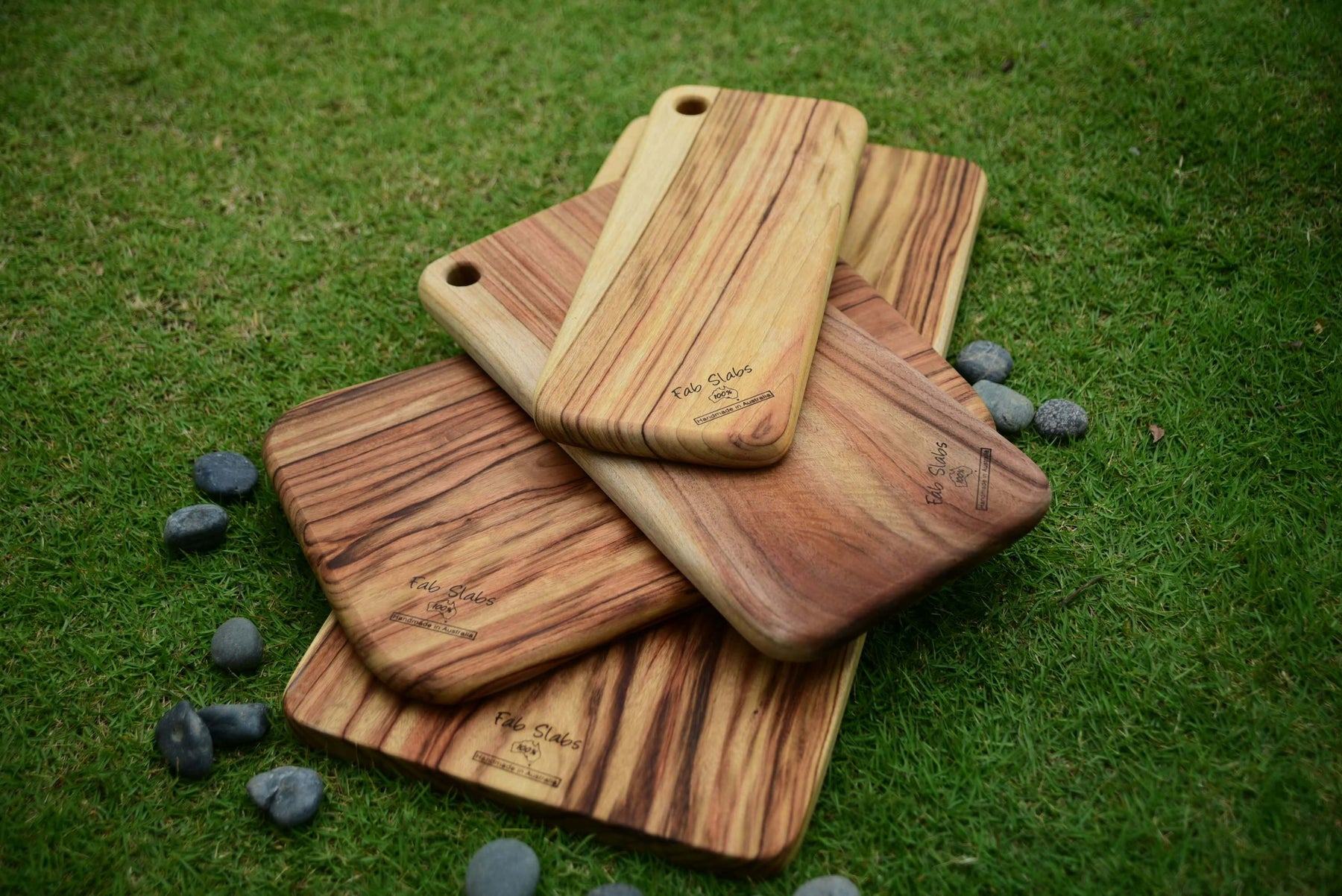
Laser Engravers 101: Diode vs CO2 vs Fiber - Which is Right for You?
Welcome to the world of laser engraving! As you embark on your journey into this innovative field, it's essential to understand the intricacies of different types of laser engravers to make an informed decision tailored to your needs. If you're new to the scene, navigating the different types of laser engravers can feel like venturing into a labyrinth of technical jargon and options. Fear not! In this comprehensive guide, we'll break down the differences between diode, CO2, and fiber lasers.
Understanding Laser Engravers: Before we dive into the specifics of each type of laser engraver, let's start with a brief overview of how laser engraving works. Essentially, laser engravers utilize high-powered lasers to etch or cut materials with precision. Each type of laser engraver operates on distinct principles, offering unique advantages and limitations that cater to diverse user requirements.

Diode Lasers: First up, let's talk about diode lasers. Diode lasers represent the entry point into the world of laser engraving, characterized by their compact size, affordability, and user-friendly interface. These lasers harness the power of semiconductor diodes to emit light, making them ideal for hobbyists and beginners seeking an accessible engraving solution. Diode lasers excel in engraving on materials like wood, acrylic, and certain plastics, offering intricate detailing and fine lines. However, their relatively lower power output restricts their ability to cut through thicker materials, typically limited to depths of up to 3mm for wood and 2mm for acrylic.
Pros of Diode Lasers:
- Affordable price point
- Compact and portable
- Suitable for engraving on various materials
- Low maintenance requirements
Cons of Diode Lasers:
- Limited power output
- Less suitable for cutting thick materials
- May have lower engraving speed compared to other types

CO2 Lasers: CO2 lasers emerge as the stalwarts of laser engraving, renowned for their versatility, precision, and robust performance across a myriad of applications. These lasers rely on a gas mixture, predominantly carbon dioxide, to generate a high-energy beam capable of slicing through a broad spectrum of materials with ease. CO2 lasers are the go-to choice for professionals and enthusiasts alike, offering unparalleled cutting depths ranging from 6mm to 20mm for wood and acrylic, depending on the laser's wattage and focal length. Their extensive capabilities encompass engraving and cutting on materials such as wood, acrylic, leather, fabric, and more, making them indispensable tools in various industries.
Pros of CO2 Lasers:
- High power output for cutting through thick materials
- Versatile engraving and cutting capabilities
- Suitable for a wide range of materials, including wood, acrylic, leather, and more
- Available in various power options to suit different needs
Cons of CO2 Lasers:
- Higher initial investment compared to diode lasers
- Larger footprint and heavier weight
- Requires proper ventilation and safety precautions

Fiber Lasers: Fiber lasers epitomize cutting-edge technology, revolutionizing the landscape of laser engraving with their superior precision and efficiency, particularly in metalworking applications. Unlike their counterparts, fiber lasers leverage optical fibers to deliver the laser beam, resulting in heightened energy concentration and minimal divergence. Fiber lasers excel in engraving on metals, offering pristine detailing and exceptional speed, making them indispensable assets in industrial settings. While their primary focus lies in metal engraving, fiber lasers exhibit limited capabilities for engraving on non-metal materials due to their wavelength characteristics. However, their unparalleled performance in metal engraving, coupled with minimal maintenance requirements, renders them invaluable investments for discerning professionals.
Pros of Fiber Lasers:
- High precision engraving on metals
- Superior efficiency and speed
- Low maintenance requirements
- Long lifespan of laser source
Cons of Fiber Lasers:
- Higher initial cost, especially for high-power models
- Limited engraving capabilities on non-metal materials
- Requires specialized knowledge for operation and maintenance
Choosing the Right Laser Engraver: Selecting the optimal laser engraver hinges on a myriad of factors, including your budget, intended applications, and workspace constraints. By comprehensively evaluating the unique attributes and performance metrics of diode, CO2, and fiber lasers, you can discern the perfect match for your projects. Consider factors such as engraving depth, material compatibility, speed, and power output to make an informed decision aligned with your specific requirements and aspirations. Additionally, research reputable brands that offer reliable laser engraving machines in your desired category.
In conclusion, the choice between diode, CO2, and fiber lasers ultimately depends on your specific needs and preferences. Whether you're a hobbyist looking for an affordable engraving solution or a professional seeking high-end cutting capabilities, there's a laser engraver out there for you. Remember to weigh the pros and cons of each type carefully before making your decision, and happy engraving!



Leave a comment